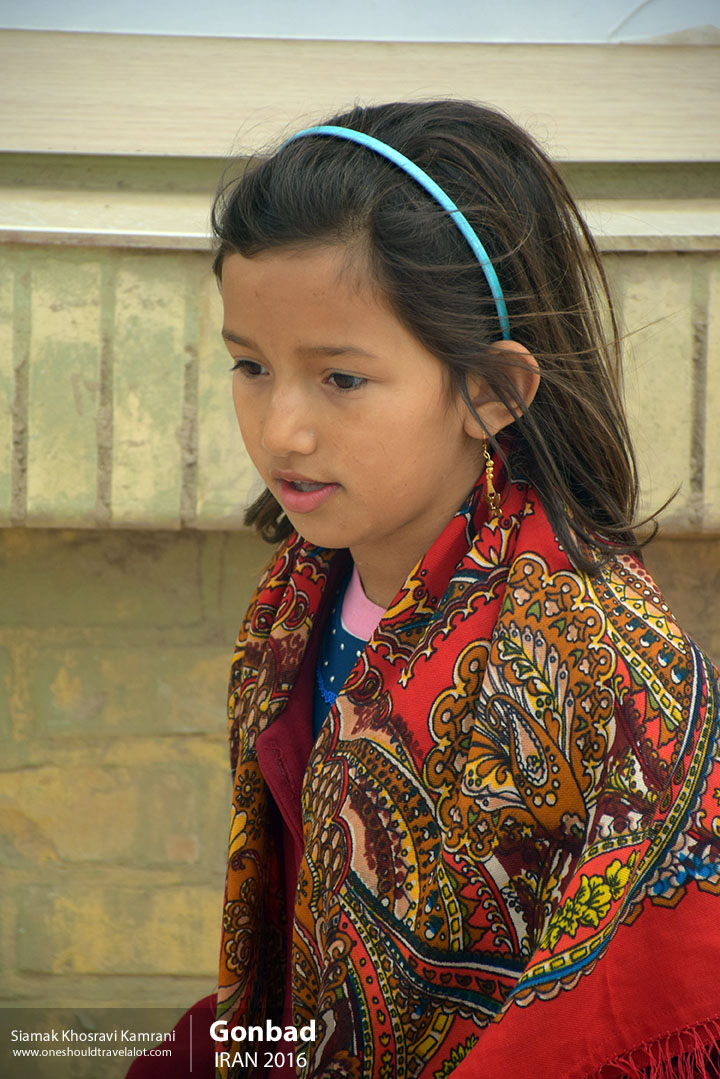Exploring Zanjan: A Photographer’s Journey through Time
As the sun began its descent, casting a warm golden glow over the landscape, I found myself arriving in Zanjan, a city in northwestern Iran that seamlessly blends history, culture, and breathtaking natural beauty. The charm of Zanjan lies in its unique ability to preserve ancient traditions while embracing modernity, making it an irresistible destination for any travel photographer. My journey here promised a rich tapestry of experiences, from the bustling bazaars to the serene countryside, and I couldn’t wait to capture it all through my lens.
First Impressions
Stepping out into the streets of Zanjan, I was immediately struck by the city’s vibrant atmosphere. The air was filled with a blend of modernity and tradition, evident in the bustling markets, the aroma of local cuisine wafting from street vendors, and the melodic calls to prayer echoing from nearby mosques. The people of Zanjan, known for their warmth and hospitality, welcomed me with open arms, eager to share the stories of their city.
The standard of living in Zanjan appeared quite high, with well-maintained infrastructure and a sense of community pride evident in the cleanliness of the streets and the upkeep of public spaces. Despite being a modern city, Zanjan retains a deep connection to its past, which is palpable in its architecture and cultural practices.
Zanjan’s Cultural Tapestry
The People and Their Heritage
The people of Zanjan are predominantly Azeri Turks, and their rich cultural heritage is reflected in the city’s traditions, music, and cuisine. The Azeri language, a Turkic dialect, is widely spoken here, although Persian is also commonly used, especially in official settings. This linguistic diversity adds to the city’s unique charm, as does the blend of customs and traditions that have been passed down through generations.
Local Cuisine: A Culinary Adventure
One of the highlights of my stay in Zanjan was undoubtedly the food. Azeri cuisine is a delightful fusion of flavors, and the city’s bustling bazaars are a paradise for food lovers. I savored local specialties such as “Dizi,” a hearty lamb stew cooked with potatoes, tomatoes, and beans, served with fresh bread. Another favorite was “Ash-e Doogh,” a refreshing yogurt-based soup with herbs and meatballs, perfect for the warm climate.
Exploring the food markets, I was introduced to a variety of spices, nuts, and dried fruits, all essential ingredients in Azeri cooking. The vibrant colors and intoxicating aromas of the bazaar made for some captivating photographs, capturing the essence of Zanjan’s culinary culture.
Capturing Zanjan’s Scenic Beauty
Historical Landmarks
Zanjan is a city steeped in history, and its historical landmarks are a testament to its rich past. One of my first stops was the Soltaniyeh Dome, an architectural marvel and UNESCO World Heritage Site. This majestic mausoleum, dating back to the 14th century, is one of the largest brick domes in the world and a masterpiece of Persian-Islamic architecture. As I photographed the intricate tilework and towering structure, I couldn’t help but marvel at the craftsmanship and vision of its creators.
Another must-visit site is the Rakhtshooy Khaneh, an ancient laundry house that has been transformed into a museum. This unique structure provides a glimpse into the daily lives of Zanjan’s residents in the past, with its well-preserved washing basins and informative exhibits. The play of light and shadows in this historic building offered some striking photographic opportunities.
Natural Wonders
Beyond its historical sites, Zanjan is blessed with stunning natural landscapes. A short drive from the city brought me to the Behestan Castle, perched atop a rocky hill and offering panoramic views of the surrounding countryside. The hike to the castle was invigorating, and the sight of the ancient ruins against the backdrop of rolling hills was truly awe-inspiring. The castle’s rugged beauty and the vast expanse of nature around it made for some unforgettable shots.
Another natural gem is the Katale Khor Cave, one of the longest caves in Iran. Exploring its intricate formations of stalactites and stalagmites felt like stepping into another world. The play of light within the cave created an otherworldly atmosphere, perfect for capturing the mysterious beauty of Zanjan’s underground wonders.
Immersing in Local Life
The Bazaar: A Hub of Activity
No visit to Zanjan would be complete without a stroll through its bustling bazaar. The Zanjan Bazaar is a labyrinth of narrow alleys and covered stalls, offering everything from traditional handicrafts to modern goods. The vibrant energy of the market is contagious, with vendors calling out to potential customers and the hum of bargaining filling the air.
I spent hours wandering through the bazaar, photographing the intricate patterns of Persian rugs, the glittering displays of jewelry, and the colorful array of textiles. Each corner of the bazaar seemed to tell a story, from the skilled artisans at work to the cheerful banter of shoppers. The bazaar is not just a place to shop but a social hub where locals gather, exchange news, and celebrate their culture.
Traditional Crafts
Zanjan is renowned for its traditional crafts, particularly its intricate metalwork and knives. The city’s artisans are masters of their trade, creating beautiful pieces that are both functional and artistic. I visited several workshops where craftsmen were busy forging and engraving knives, a tradition that has been passed down through generations.
One of the most memorable experiences was watching a master craftsman at work, his hands deftly shaping the blade and etching delicate patterns onto its surface. Photographing this process was a privilege, capturing the dedication and skill that go into each piece. These knives are not just tools but works of art, reflecting Zanjan’s rich cultural heritage.



